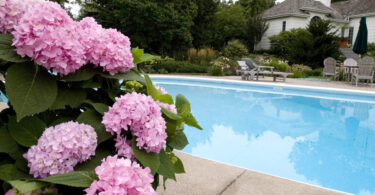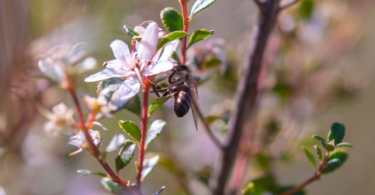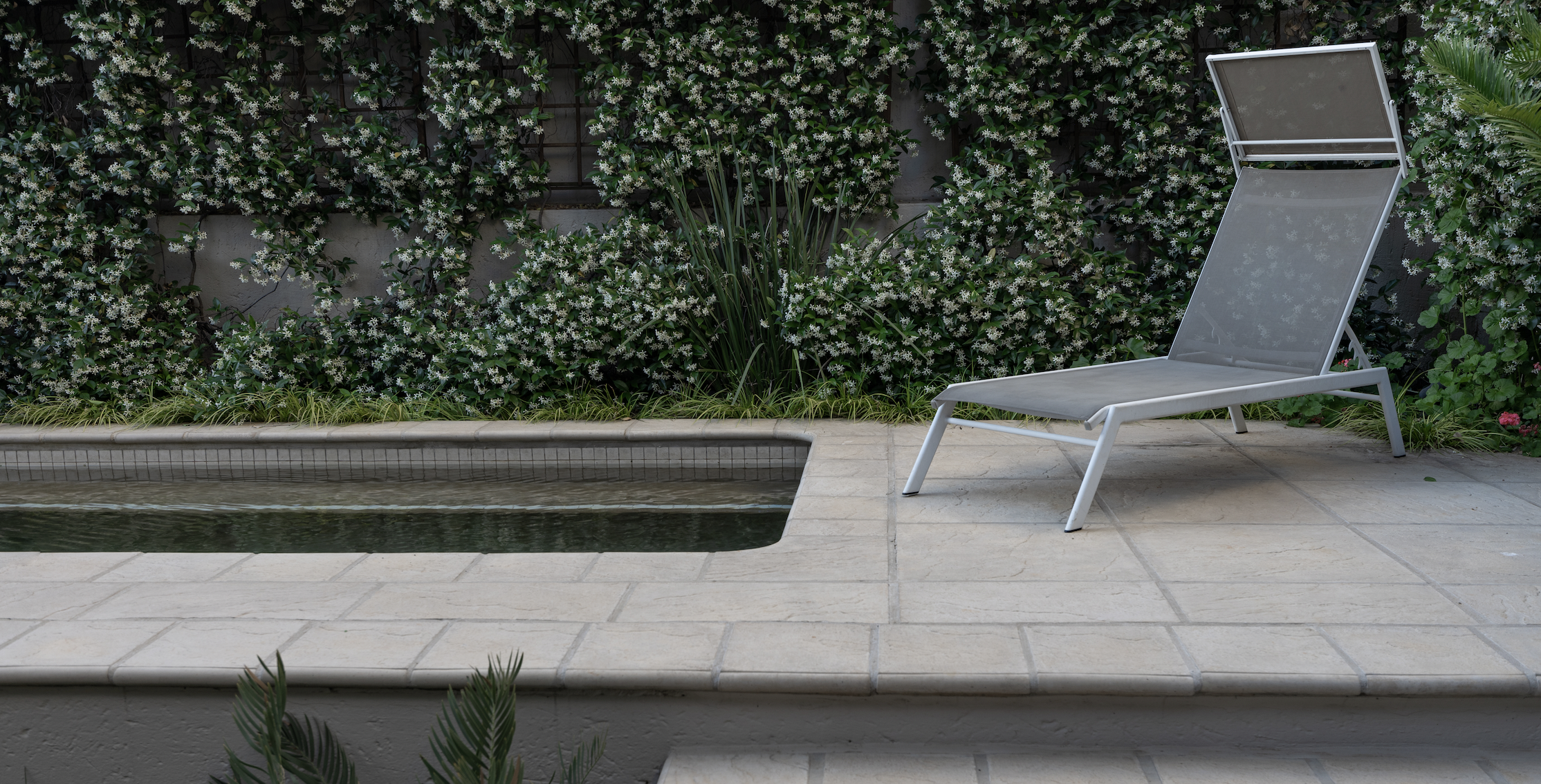How much time do you spend watering, mowing, fertilising and weeding your lawn? Wouldn’t you rather be doing anything else? From gravel and pavers to hardy groundcovers and water features, the alternatives to lawn are many and varied…
Pave the way – Not only does a paved pathway make it easy to move through a garden, it also takes up the space of a patch of otherwise thirsty grass. Think brickwork (straight-laid or set in a pattern), cobbles, a puzzle of flagstones, rows of sleepers or concrete stepping slabs, etc. Or use an assortment of pavers to create clear-cut areas in your yard, such as brickwork around the pool, cobbles near the front entrance and flagstones around a fire pit.
Plant groundcover – A wide range of groundcovers can be used instead of grass to keep weeds at bay, eliminate mowing, reduce water consumption and curb soil erosion. What’s more, a mass of groundcover has a calming effect and can feel cool and soft underfoot. It’s also the ideal solution for filling gaps between pavers. For instance, creeping thyme smells beautiful when you walk on it, while dymondia margaretae (also known as silver carpet or carpet gazania) is stunning with its striking blue-grey foliage.
If you are looking for a hardy groundcover, think drought-resistant succulents in colourful shapes and sizes dotted amongst rocks. Sand is also an option if you’re going for a Zen look.
If you have a moist, shady area where lawn struggles to thrive, try moss. Once it’s established, its low-growing habit eliminates the need for mowing. It doesn’t need fertiliser and or much water either.
Ornamental grasses are another good no-lawn alternative, whether you opt for the types with long, wispy blades or the dwarf varieties of evergreen Mondo grass (Ophiopogon).
Scatter some gravel – Gravel has become increasingly popular as an added feature in landscaping over the last decade. In fact, adding a gravel path is one of the quickest changes you can make to your garden. It’s easy to work with and easy on the pocket. And as for choice, the list of gravel, stone and rock types available is a long one. You can also play with texture, size and colour (from grey, white and champagne to red, purple and black). One idea that could replace a lot of lawn space is to plot out a backyard maze using gravel and a spiral of rocks or stones.
Grow something you can eat – For a more ‘productive’ landscape, replace grass with edible plants, such as a vegetable patch, herb garden or a dotting of fruit trees (with moss thriving underneath). This is especially handy in areas where lawn is difficult to maintain, such as small, awkward and narrow spots where mowing and trimming is difficult or hot and sunny areas where lawn struggles to survive.
Just add water – From ponds and fountains to waterfalls and meandering streams, water is the most peaceful element you can add to your yard. Water features can be large or small, intricate or simple in their design – either way they can help break up large stretches of lawn, especially when they’re surrounded by gravel, pavers and/or fragrant groundcover.
Gather around – Nothing takes up lawn space like a patio, so consider building one or extending the one you already have. Concrete doesn’t need to be mowed or watered and neither does decking (be it timber or composite). You can even create more than one ‘gathering’ area in your garden – one in a more secluded spot that’s quiet and intimate, with a garden bench or a bistro set, and another for a larger crowd, complete with fire pit and ample seating . At any rate, a patio or braai area is perhaps the most low-maintenance and water-friendly option for replacing lawn.
Image: iStock









Leave a Comment